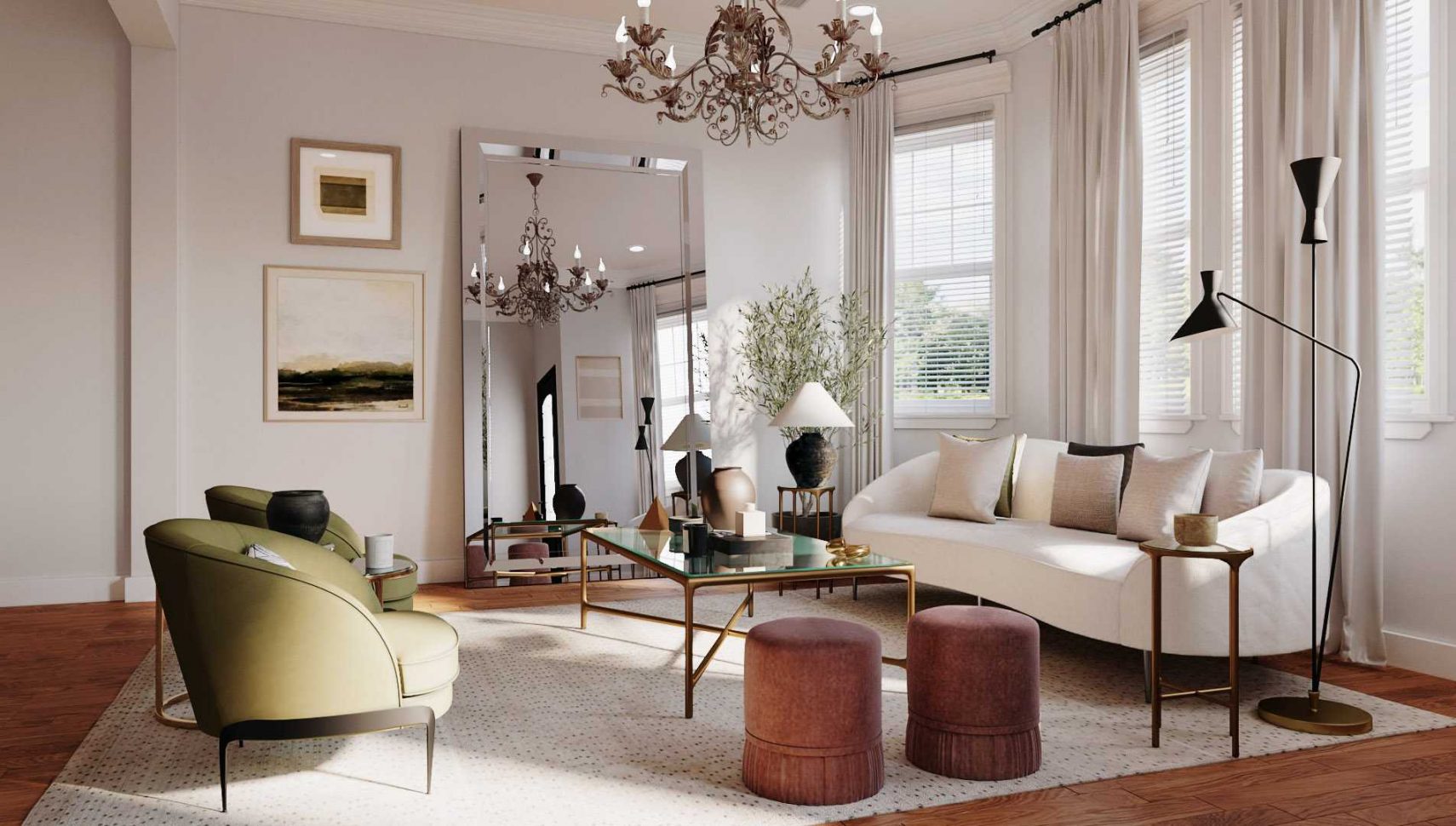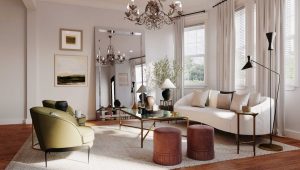
Lighting is a crucial element in interior design, capable of transforming the mood and functionality of any space. The right lighting can enhance architectural features, set the ambiance, and improve the overall aesthetic appeal of a room. Here are some key considerations to help you choose the perfect lighting for your interior design project.
- Understand the Types of Lighting:
- Ambient Lighting: This provides overall illumination to a room and is usually provided by ceiling-mounted fixtures.
- Task Lighting: Task lights are focused, directional lights that illuminate specific areas, such as desks or kitchen counters.
- Accent Lighting: This type of lighting is used to highlight particular features or objects, like artwork or architectural elements.
- Consider the Function of Each Room:
Different rooms require different types of lighting. For instance, kitchens and workspaces benefit from bright, task-oriented lighting, while living rooms and bedrooms may benefit from softer, ambient lighting for relaxation.
- Choose the Right Fixtures:
- Ceiling Fixtures: Pendant lights, chandeliers, and track lighting are popular choices for ambient and accent lighting.
- Wall-Mounted Fixtures: Sconces and wall-mounted lights can provide both ambient and accent lighting while saving space.
- Floor Lamps and Table Lamps: These are excellent for providing task and ambient lighting in living rooms and bedrooms.

- Pay Attention to Color Temperature:
Color temperature influences the mood of a room. Cooler temperatures (5000-6000 Kelvin) are energizing and suitable for task lighting, while warmer temperatures (2700-3000 Kelvin) create a cozy, inviting atmosphere.
- Utilize Dimmers and Controls:
Installing dimmer switches allows you to adjust the lighting to suit different activities and moods throughout the day.
- Consider Energy Efficiency:
LED lights are energy-efficient and come in a variety of color temperatures and styles, making them suitable for almost any application.
- Don’t Forget About Style:
Lighting fixtures should complement the overall style of your interior design. Whether your style is modern, traditional, or eclectic, there are lighting options that will enhance your chosen aesthetic.
- Balance Lighting Throughout the Room:
A well-lit room typically includes a mix of ambient, task, and accent lighting to provide adequate illumination and visual interest.
- Evaluate Natural Light Sources:
Consider how much natural light the room receives when choosing artificial lighting. Supplement natural light with artificial light to ensure consistent illumination throughout the day and evening.
- Seek Professional Advice:
If you’re unsure about lighting choices, consult with an interior designer or lighting specialist who can provide expert advice and help you achieve your desired look.








